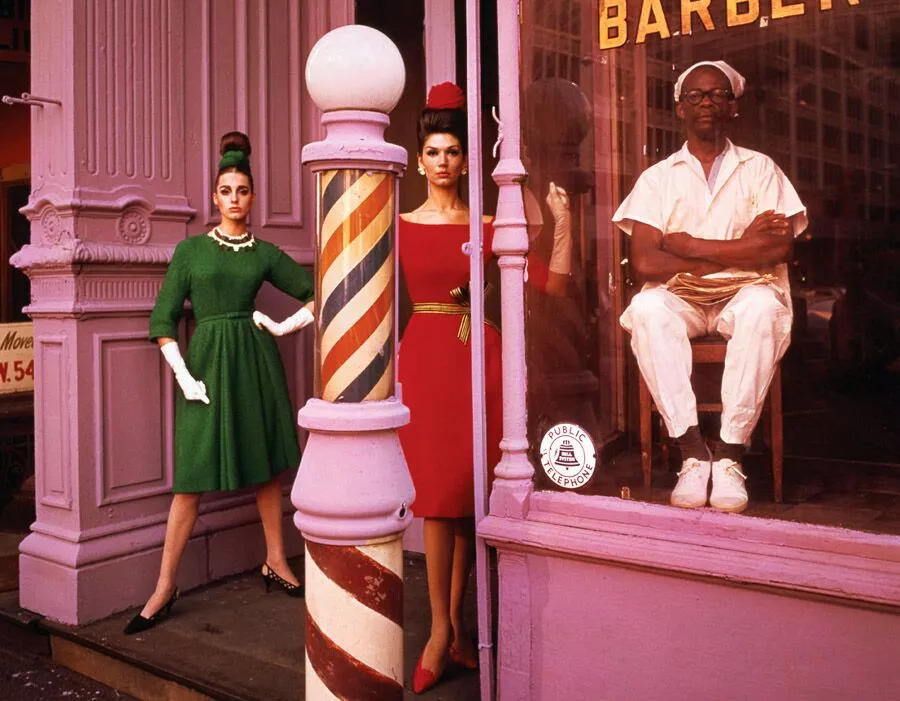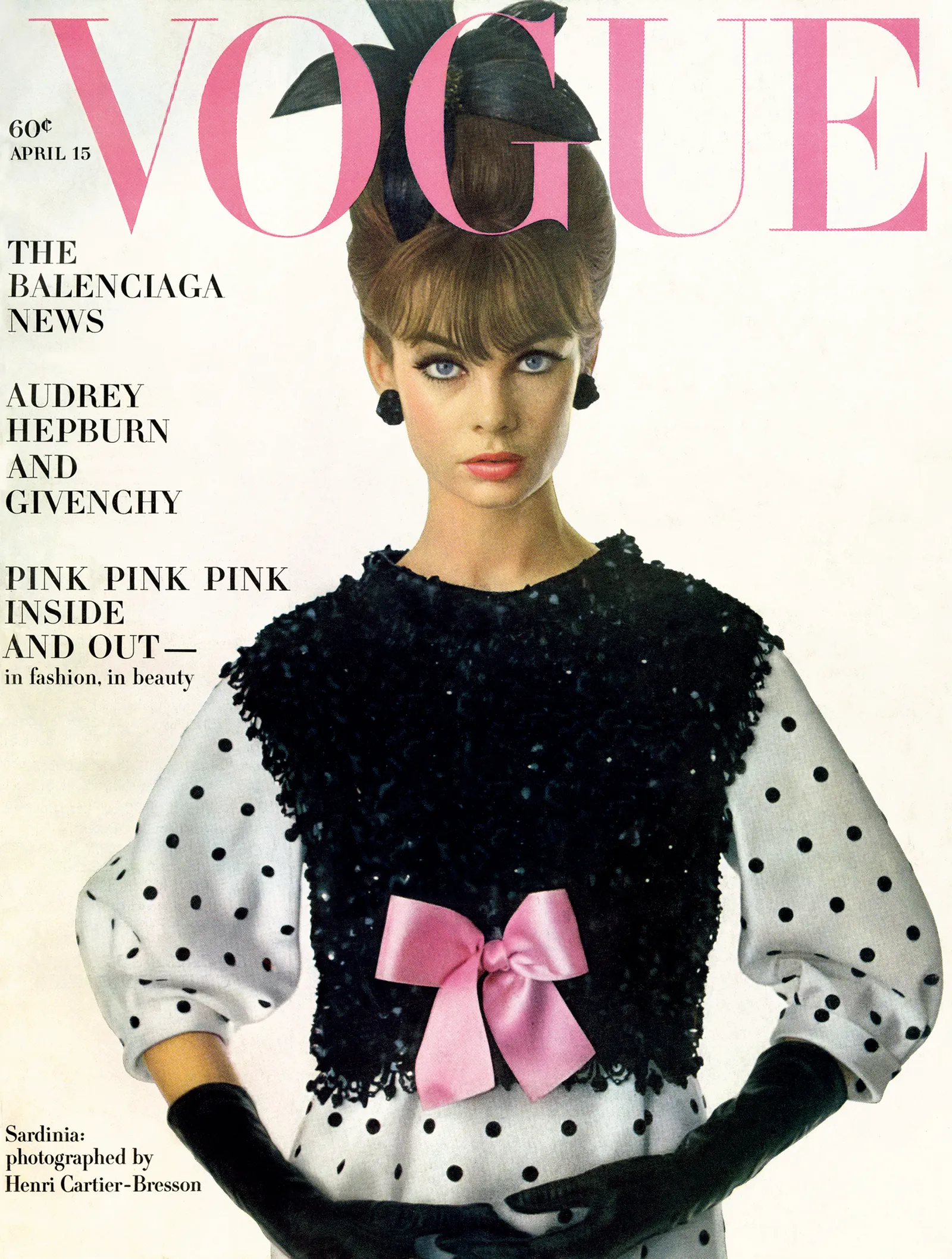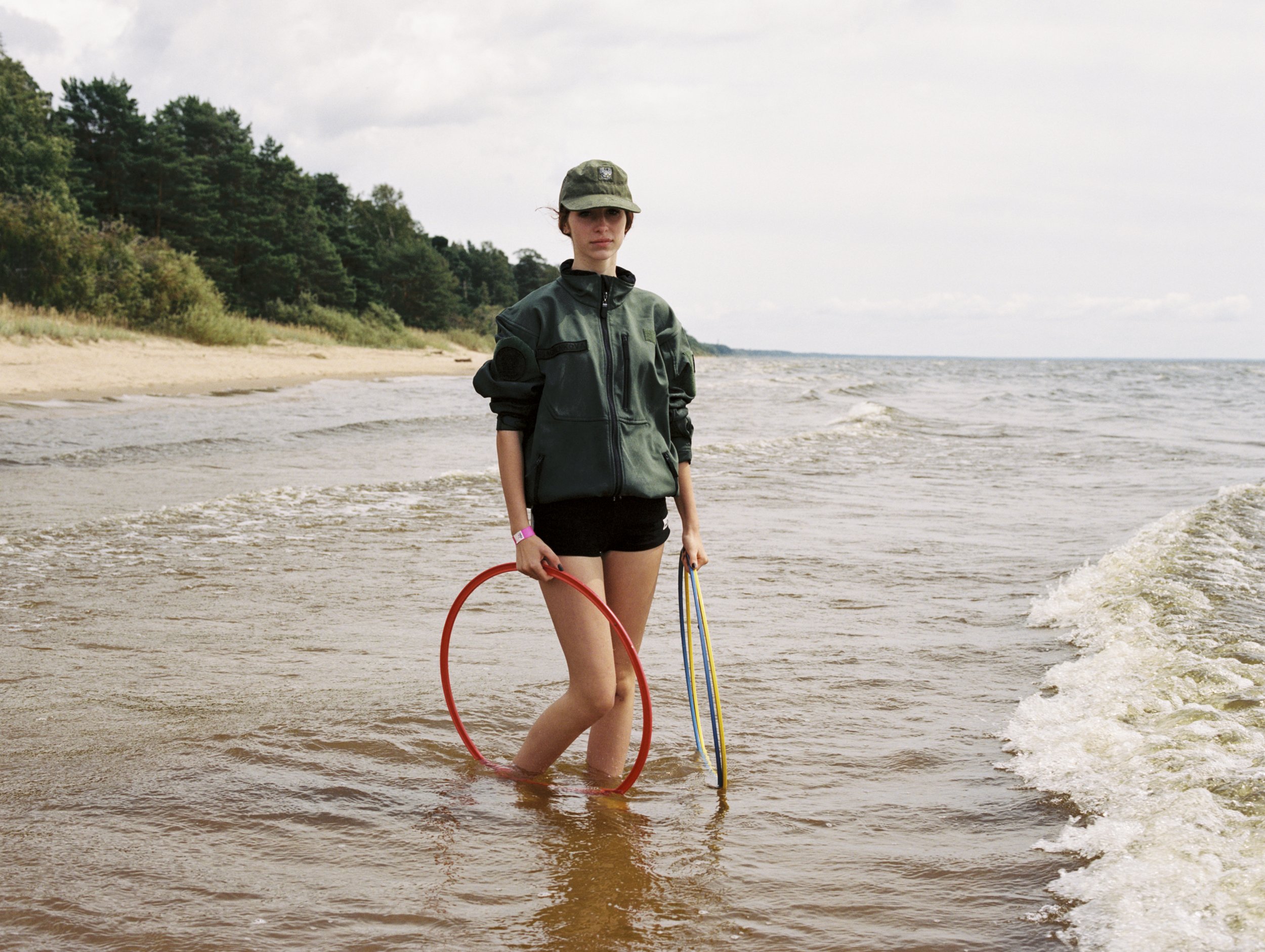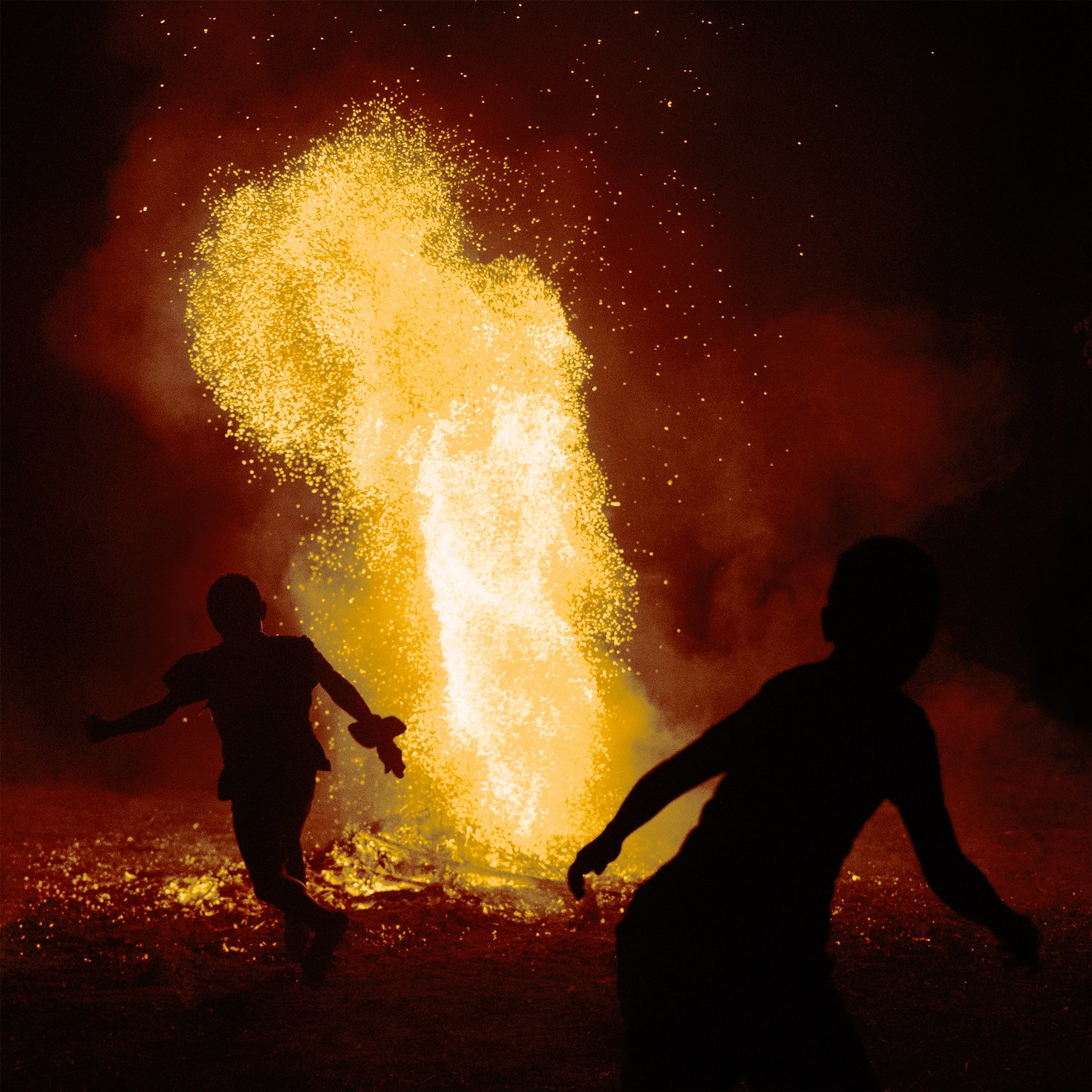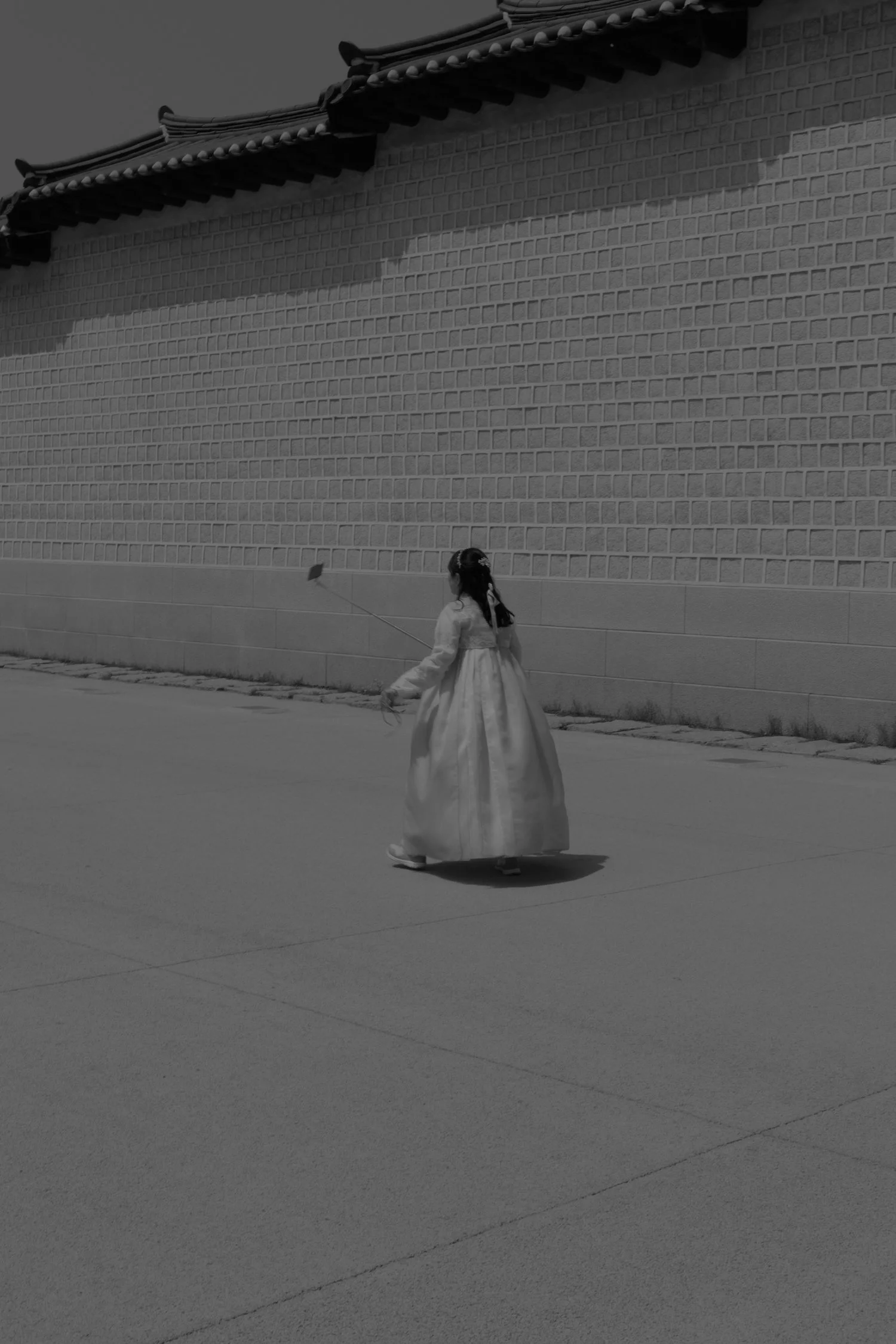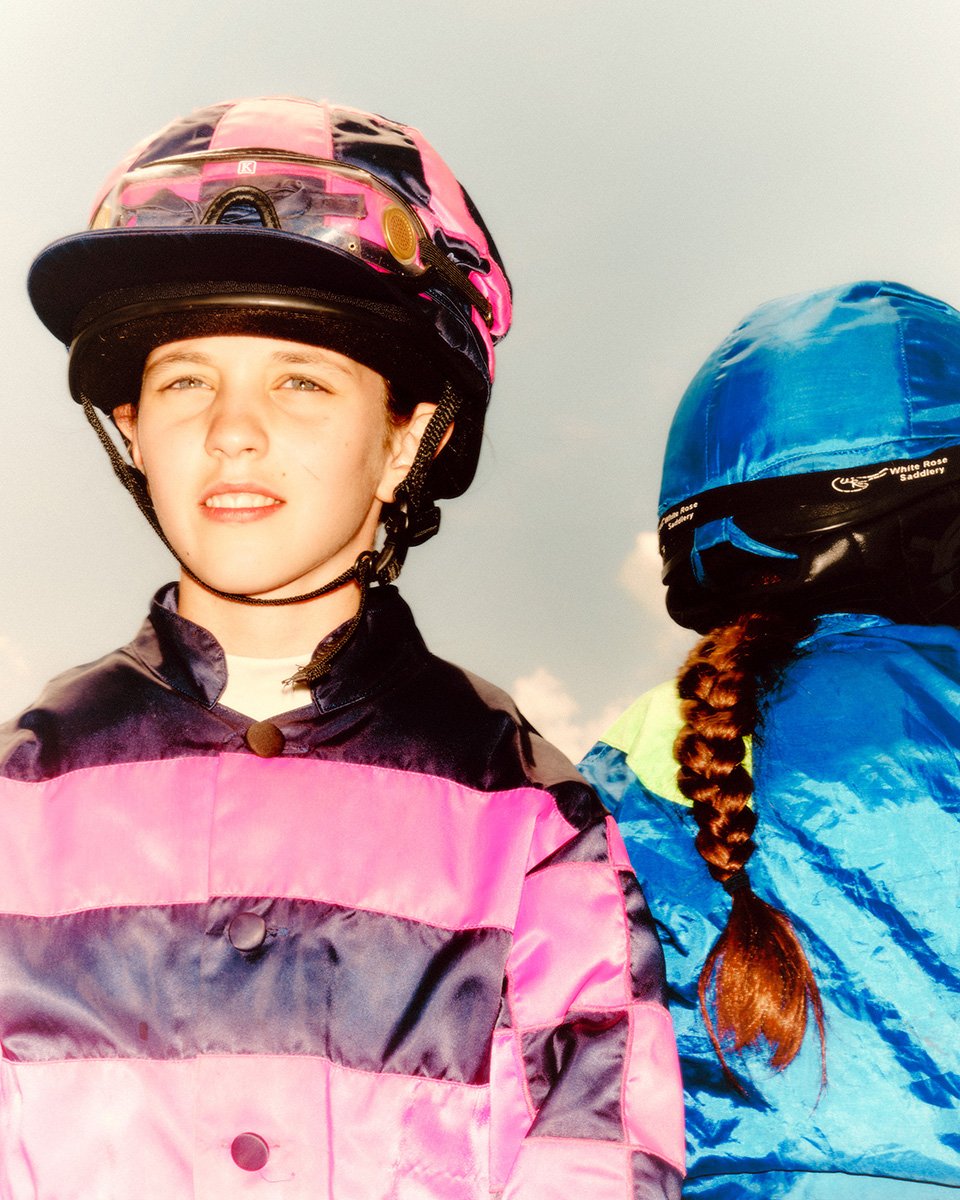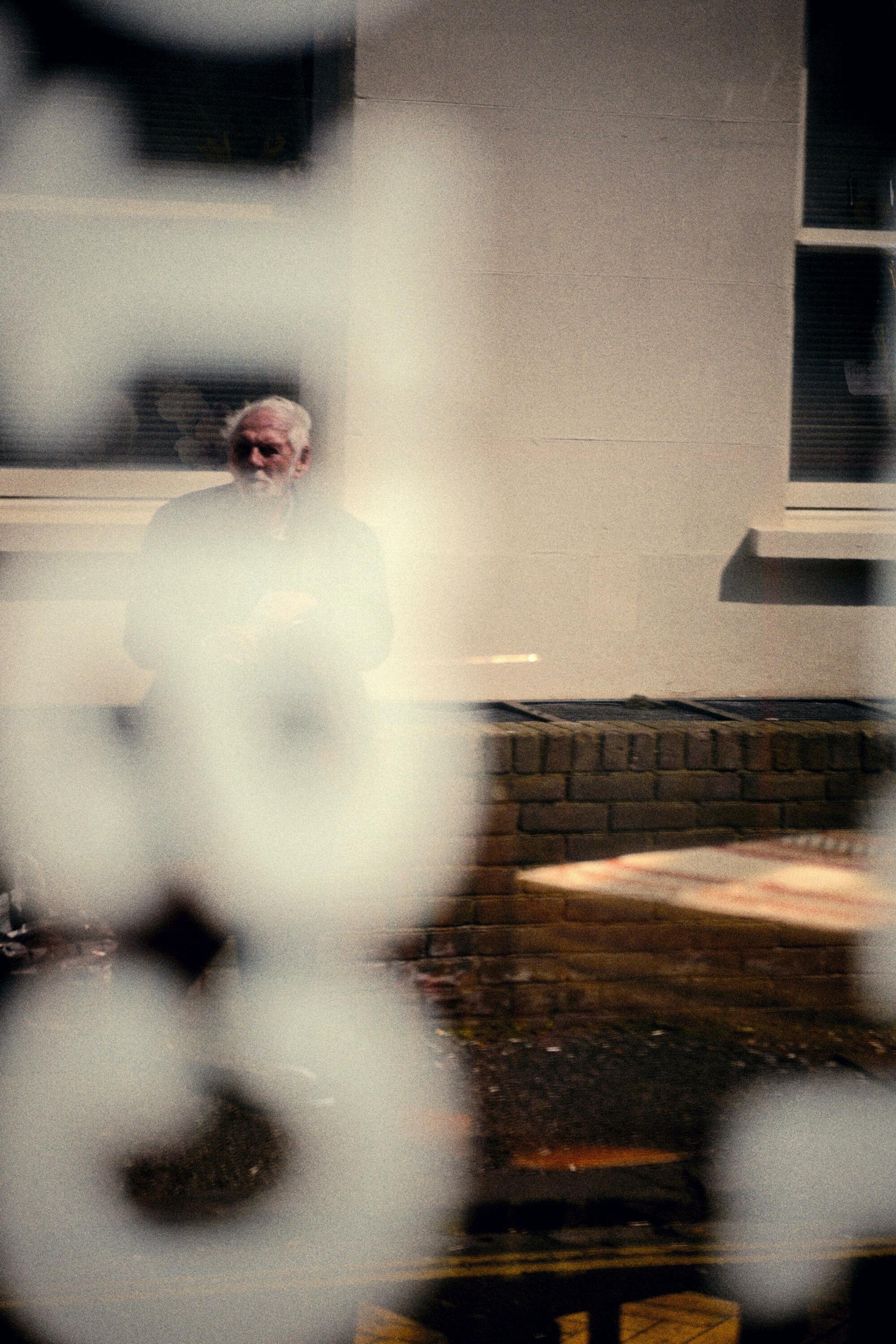Icons: William Klein
Painter, sculptor, fashion photographer and filmmaker, Klein dismantled and reinvented almost every medium he attempted throughout his 60 year career without a technical understanding of any of them. Klein’s innate sense of artistic expression permanently changed street photography and brought humanity to some of the most untouchable celebrities like Muhammad Ali.
Text Holly Wyche Dorothy and light outline, 1962
Dorothy and light outline, 1962
“I was very consciously trying to do the opposite of what Cartier-Bresson was doing. He did pictures without intervening. He was like the invisible camera. I wanted to be visible in the biggest way possible.”
His seminal work, Life Is Good and Good for You in New York, for which he received the Prix Nadar in 1957, cemented his position as a photographer and uprooted fundamental beliefs about the importance of purely sticking to theory that had been established over the century. Klein’s position primarily as a painter gave rise to this unique perspective that, while lauded now, was quite literally laughed at prior to the success of life is good. He was accused of “technically poor photography” with Klein bitterly recounting the fact nobody in New York wanted to publish the book.
Big face, big buttons, 1955
He seemed to have this playful resentment for New York that came through his work, describing himself as walking the streets in a “gluttonous rage” and attempting to capture messy, unfocused snapshots that he believed best captured the truth of the city and the fallacy of the people in it. In this respect his work has drawn comparison to Daido Moriyama’s, who we’ve written about previously, and a joint exhibition between the two artists ran in 2013 at the Tate modern. Regardless, Klein’s ability to move between disciplines and ability to work without the pressure of theory created this brilliant view of a city oversaturated by photographs.
“So who can pin down photography? We’re drunk with images. [Sontag’s] sick of it. I’m sick of it. But we’re moved by old amateur photographs because they aren’t concerned about theories of photography or what a picture must be. They’re just photographs without rules or dogma.”
Watchman, 1956
Interestingly, in a period where photographer’s personalities were as big as their art, little is said about Klein’s actual character beyond the “mischievous” or “defiant” nature of his work reflecting back on him as a person. Obituaries published seem to refer more to how cheeky Klein’s photographic style was, or how snarky his comments about the city of New York were, over sharing anything particularly remarkable about Klein’s traits. But perhaps this is part of what allowed Klein to work so masterfully. He was so removed from the large personalities and constant comparison of his peers that he was allowed to slip through the art world and city streets somewhat unseen, poking his head above water to snap a shot or share his work.
dorothy and formfit, 1961
tokyo dancers and signs
Barbershop, 1963
A story he recalled often was of his wife asking “what’s the fashion like for this season” After Klein would shoot for Vogue, to which he would reply “I have no idea”. In reference to shooting in Tokyo he also described his camera as a disguise, a mask. Perhaps Klein was even more detached from the personality his photographic persona projected.
My photographs are mostly parodies,” he said. “The intention was to show how phony the poses were. But nobody complained. I always made sure that you could see the dress.
Harlem, 1955
Klein was born in Harlem, and always had a love of Modern Art. Uncommitted to a discipline, he grew up loving graphic design, film, painting and sculpture, living with art for most of his childhood but never engaging with the mediums theoretically. Art was an escape for Klein, growing up Jewish in areas of he city rife with antisemitism. He moved to Paris after being demobilised from the Army at 19 and studied in the studio of Fernand Léger with the intention of being a painter, living a comparatively bohemian life of artistic experimentation interspersed with study at the Sorbonne. This move to Paris and subversion of mediums have granted Klein comparisons to Man Ray, but the distance between these two worlds, these two lives, seemed to function as the basis for a majority of his photography upon returning to New York in the 50’s.
Gun, 1955
His work in Paris landed him a job with Vogue and led him back to the streets he grew up, consolidating the two halves of his life even into individual photographs. Klein describes photos like Gun 1 as a self portrait, believing himself to be both children simultaneously. One child, defensive and hardened by the word he grew up in, the other, sensitive and artistic.
“I thought New York had it coming, that it needed a kick in the balls. When I returned to New York, I wanted to get even. Now I had a weapon, photography.”
Buffet champetre
He ironically stepped away from photography for a period, instead focusing on film throughout the 70’s and 80’s. Admittedly this portion of his career isn’t as widely lauded nor readily catalogued as his photography, but his work here still carried a similar sentiment and punch. Interest in these works of his still remains, with one of Klein’s less remembered documentaries being restored by European TV channel, “ARTE” in 2010. The work focused on the Pan-African Festival of Algiers in 1969, and admittedly came early in Klein’s filmographic career, but it featured a grounded focus on character and perspective that Klein’s more notable works would build on.
Untitled
Maria Krum, 1959
What’s missing from his documentaries however is the overpowering attitude of tongue in cheek satire that prevails in Klein’s photographs. It was certainly present in his films like ““Who Are You, Polly Maggoo?”, but his non-fiction work had a different perspective for Klein. Maybe this was to allow for more personal relationship to form to the subjects he filmed, but regardless it gave rise to some of the most nuanced and seminal character studies of celebrities he focused on. Most famously, Muhammad Ali, the Greatest, completely retextualised the Muhammad Ali after he refused to fight in the Vietnam war.
“Sometimes, I'd take shots without aiming, just to see what happened. I'd rush into crowds - bang! bang! ... It must be close to what a fighter feels after jabbing and circling and getting hit, when suddenly there's an opening, and bang! Right on the button. It's a fantastic feeling.”
Elsa Mawell’s tory ball, 1955
Klein unfortunately passed away in September of this year, having moved back to Paris later in his life to spend time where his career began. Above all else he seemed to have far better things to say about Paris than he did any other city.
About William Klein
William Klein was born in 1926 in New York, becoming a fashion photographer in the late 50’s for Vogue. The NY times described Klein as: “"Among the Fathers of Street Photography.” He passed away on September 10th of this year.







